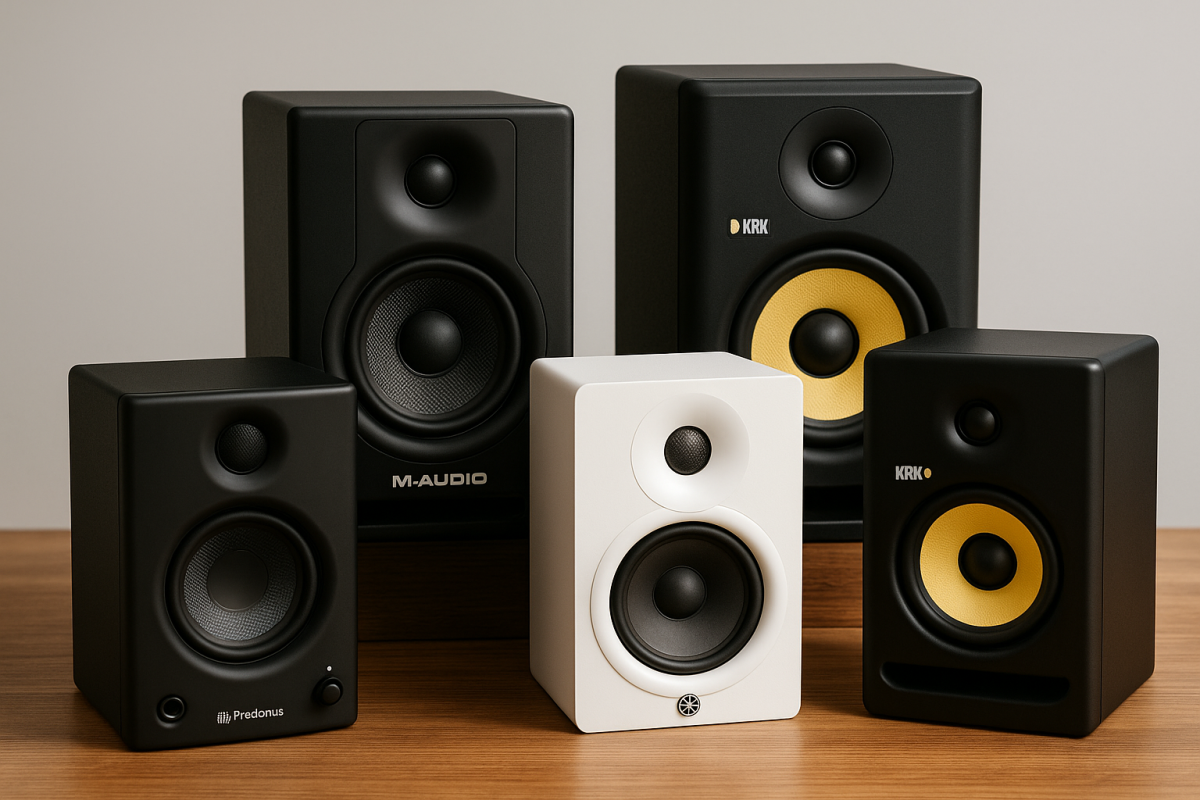
Getting pro-level sound no longer requires pro-level cash. In 2025, budget studio monitors have stepped up in a big way — offering accuracy, clarity, and build quality that used to be reserved for gear costing twice as much.
Whether you’re laying down beats in your bedroom, mixing your first EP, or just upgrading from consumer speakers, today’s affordable monitors deliver the detail and balance you need to make confident mix decisions.
We’ve compared some of the most popular and highly rated options on the market, tested for real-world studio use, and narrowed them down to the best budget studio monitors you can buy this year. Here are the best budget studio monitors in 2025.
1. PreSonus Eris E3.5 – Best Ultra-Budget Pick
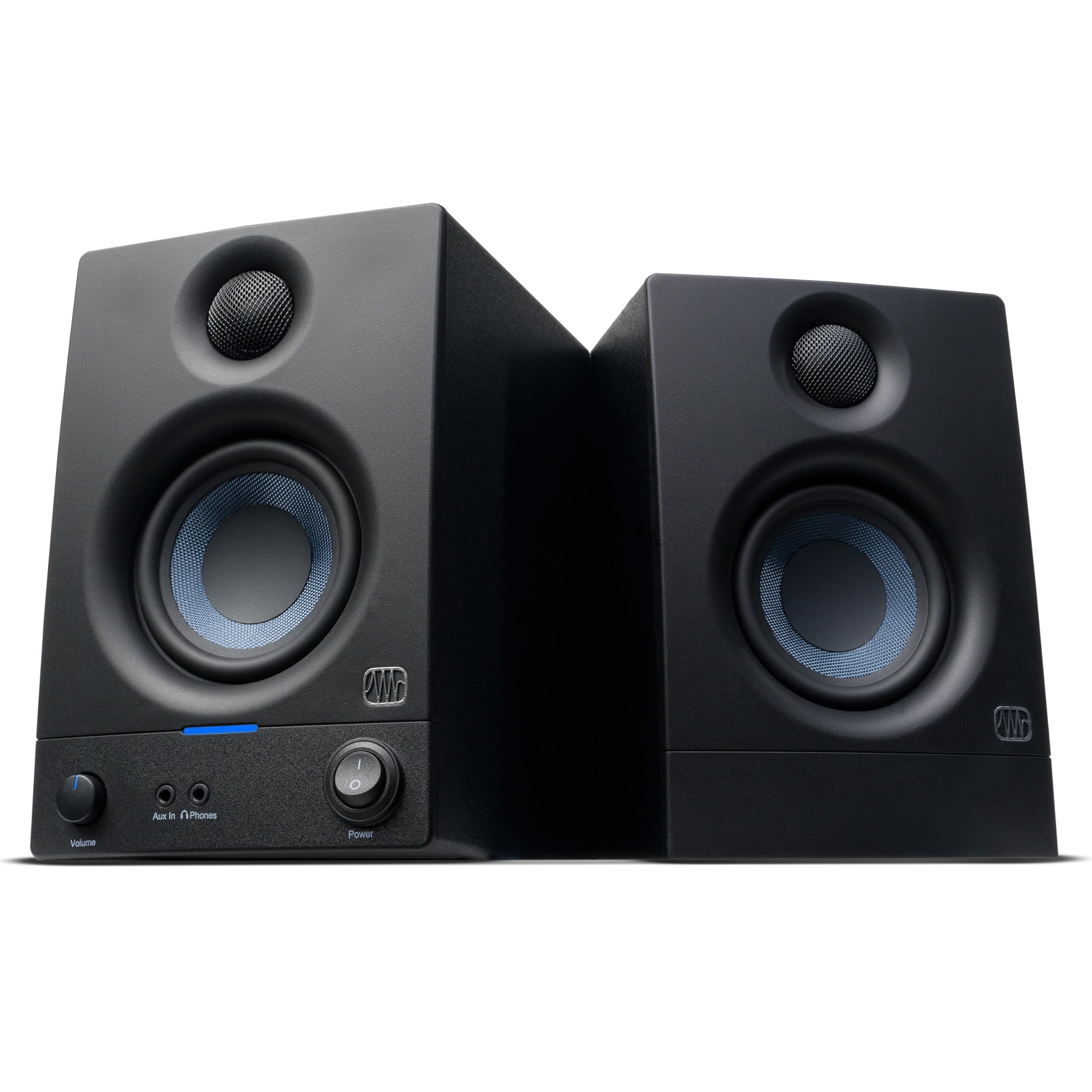
⭐️⭐️⭐️⭐️☆ (8.4/10) • Approx. $114.99
The PreSonus Eris E3.5 is one of the cheapest ways to get a true pair of studio monitors. While compact, it delivers clear mids and highs, making it perfect for beginners producing in tight spaces.
Why it’s budget-friendly: At under $120, it’s the best starting point for home producers.
Pros:
- Very affordable
- Compact size
- Clear mids for vocals
Cons:
- Limited bass
- Not loud enough for larger rooms
Features
- 3.5″ woofer + 1″ tweeter
- Frequency response: 80Hz–20kHz
- Front-panel volume & headphone out
- Compact, lightweight design
Verdict
A true entry-level pick. Perfect if you’re on your first setup and want clarity without breaking $100.
2. M-Audio BX5 D3 – Best for Balanced Budget Sound
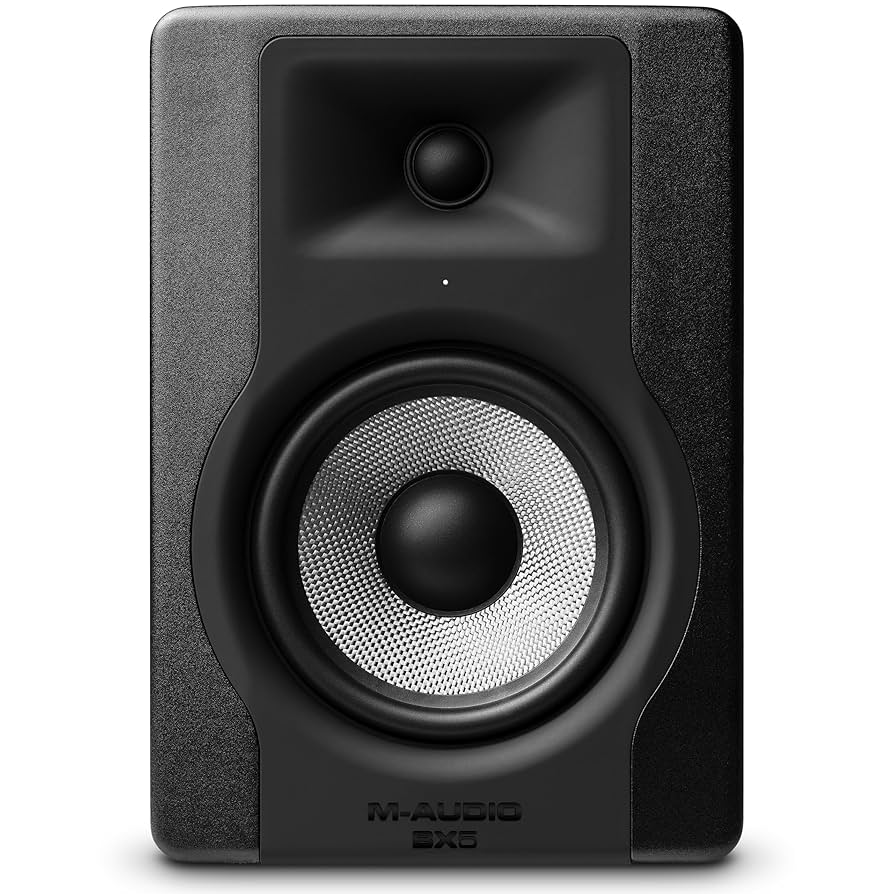
⭐️⭐️⭐️⭐️☆ (8.6/10) • Approx. $119.99
The M-Audio BX5 D3 has been a go-to affordable monitor for years. Its 5” woofer delivers a balanced, clear sound that works across genres, making it a reliable budget pick.
Why it’s budget-friendly: Classic “workhorse” monitor at an entry-level price.
Pros:
- Balanced frequency response
- Good bass for the price
- Trusted beginner-friendly option
Cons:
- Build feels less premium
- Sweet spot is narrower
Features
- 5″ woofer + 1″ tweeter
- Frequency response: 52Hz–35kHz
- 100W Class A/B bi-amp
- Balanced XLR/TRS inputs
Verdict
Balanced and reliable, the BX5 D3 is a proven budget workhorse for producers of all styles.
3. JBL 305P MkII – Best Budget Monitor for Imaging
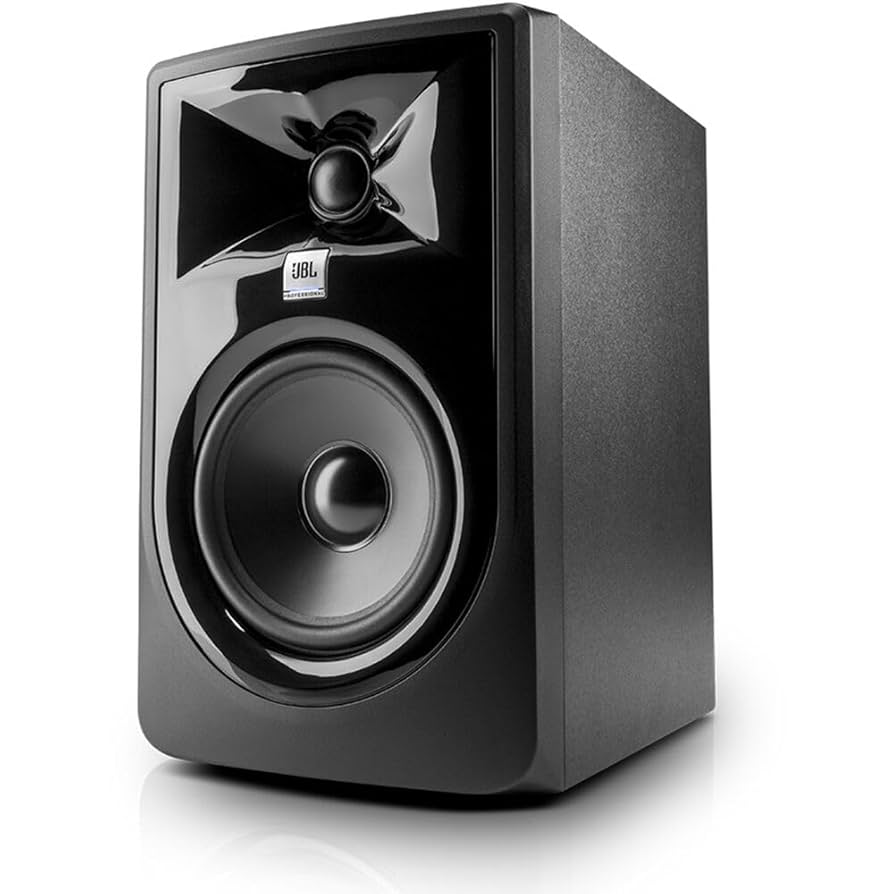
⭐️⭐️⭐️⭐️☆ (8.6/10) • Approx. $119.99
The JBL 305P MkII is famous for its wide sweet spot, thanks to JBL’s waveguide design. For budget-conscious producers, it delivers professional-level imaging at an affordable price.
Why it’s budget-friendly: Offers pro-grade imaging and clarity without the pro-level price tag.
Pros:
- Wide sweet spot
- Affordable for its performance
- Compact design
Cons:
- Slight hiss at low volume
- Limited bass extension
Features:
- 5″ woofer + 1″ tweeter
- JBL Image Control Waveguide
- Frequency response: 49Hz–20kHz
- Balanced XLR & TRS inputs
Verdict:
Professional imaging at a low price — one of the best bang-for-buck monitors under $200.
4. KRK Rokit 5 G4 – Best for Punchy Bass on a Budget
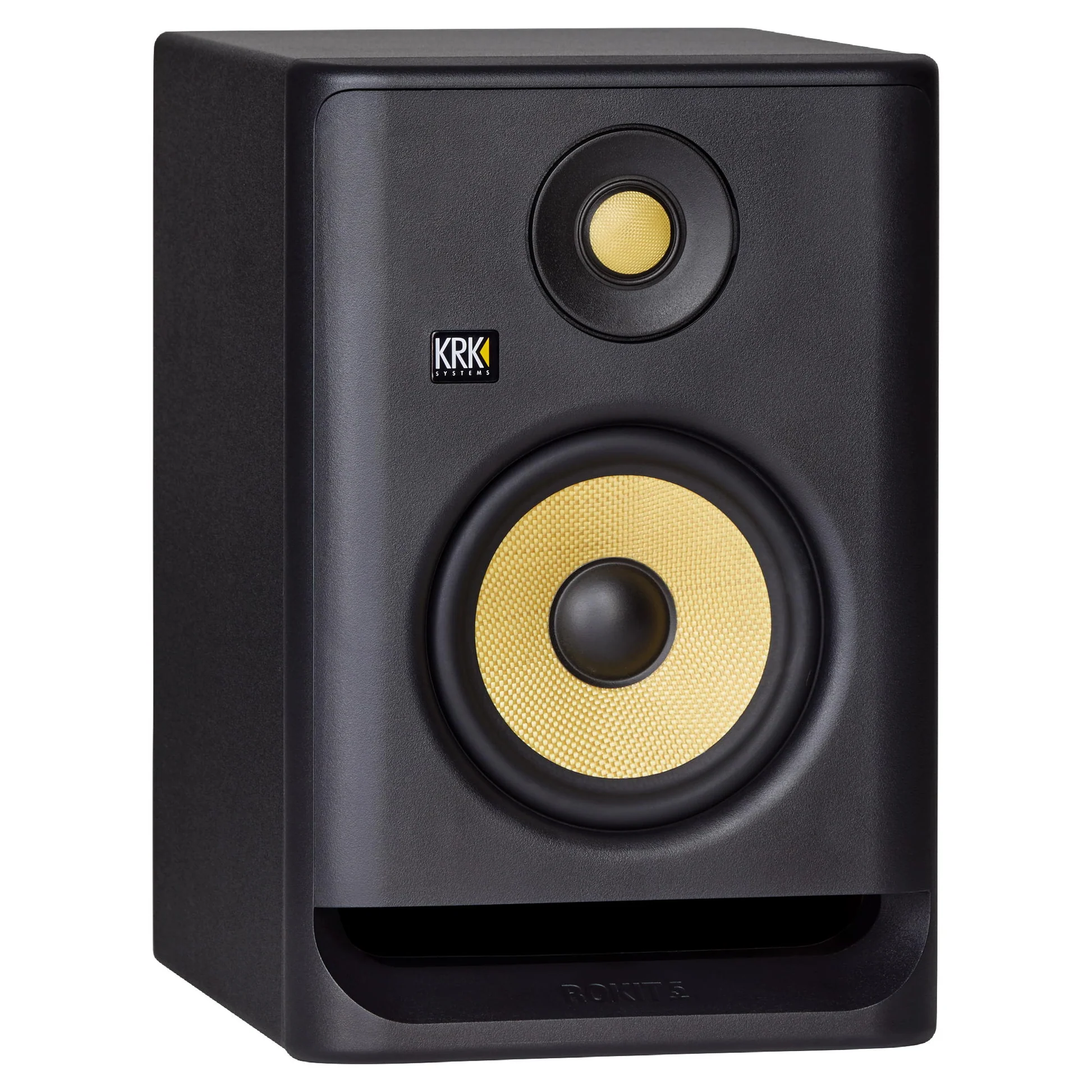
⭐️⭐️⭐️⭐️☆ (9.0/10) • Approx. $159.99
KRK’s Rokit series is a favorite among beatmakers and EDM producers. The Rokit 5 G4 brings punchy low-end, app-based EQ controls, and a stylish design — all at an accessible price.
Why it’s budget-friendly: Great value for producers who want bass-heavy sound without overspending.
Pros:
- Punchy low end
- Graphic EQ via app
- Iconic design
Cons:
- Less flat than Yamaha or JBL
- Slightly colored mixes
Features:
- 5″ woofer + 1″ tweeter
- Onboard DSP EQ (25 settings)
- Frequency response: 43Hz–40kHz
- KRK app integration
Verdict:
Fun, punchy, and feature-packed — great if you want bass-heavy monitors without overspending.
5. Yamaha HS5 – Best for Accuracy Under $300
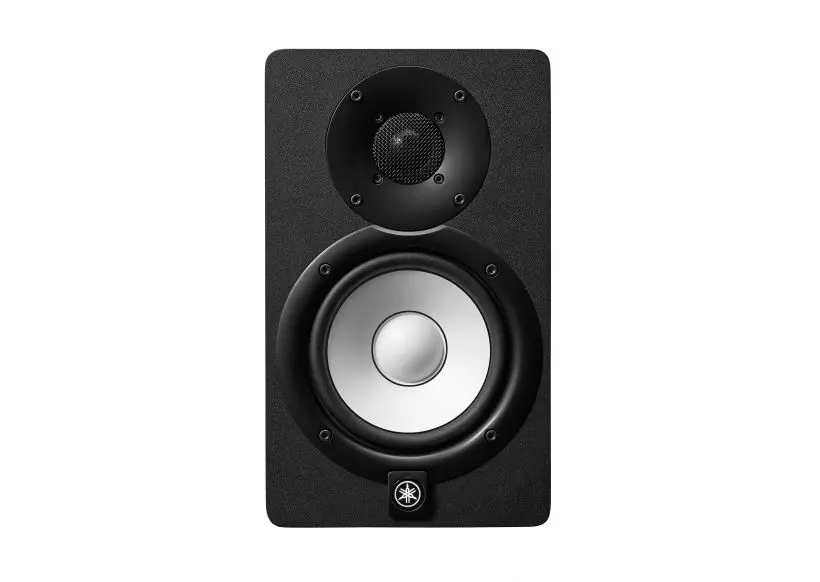
⭐️⭐️⭐️⭐️☆ (9.0/10) • Approx. $339.99
Known for its brutally honest sound, the Yamaha HS5 remains a budget-friendly classic. While it lacks deep bass, its accuracy is unmatched in this price range.
Why it’s budget-friendly: Professional-level accuracy without the premium price tag.
Pros:
- Flat response
- Trusted by professionals
- Portable size
Cons:
- Weak bass without a sub
- Can sound harsh in untreated rooms
Features:
- 5″ woofer + 1″ tweeter
- Frequency response: 54Hz–30kHz
- Room Control & High Trim switches
- Balanced XLR & TRS inputs
Verdict:
Honest and flat, the Yamaha HS5 is the most accurate “budget” monitor for serious mixing on a smaller budget.
Quick Look
Best Ultra-Budget → PreSonus Eris E3.5
Best Balanced Sound → M-Audio BX5 D3
Best for Imaging → JBL 305P MkII
Best for Bass → KRK Rokit 5 G4
Best for Accuracy → Yamaha HS5
FAQ
Are budget monitors good enough for mixing?
Yes. While they won’t match $1,000 monitors, budget models today are accurate enough for beginners and home studios.
Should I get 3.5”, 5”, or 6” monitors on a budget?
5” is the sweet spot for most rooms. 3.5” works for very small setups, while 6” offers more bass if your space can handle it.
Do I need an audio interface for budget monitors?
Yes, most studio monitors connect via balanced cables (TRS/XLR). An audio interface ensures proper signal quality.
Are studio monitors better than regular speakers?
Yes. Studio monitors are designed for accuracy, not for hyped bass or treble like consumer speakers. This makes them better for mixing and producing music you want to translate well on all systems.
Can I use budget monitors without acoustic treatment?
You can, but your mixes will sound more reliable with even minimal treatment (like foam panels or bass traps). If treatment isn’t an option, positioning your monitors correctly and using reference tracks can help balance your sound.
Do I need a subwoofer with budget monitors?
Not usually. Most 5” or 6” monitors provide enough low end for home studios. A subwoofer is only necessary if you’re producing bass-heavy genres and need to hear sub-bass frequencies more accurately.
How long do budget studio monitors last?
With normal use, a good pair can easily last 5–10 years or more. Build quality has improved a lot in recent years, so even affordable monitors hold up well if cared for properly.
Looking for more guides? Return to our Guides Hub
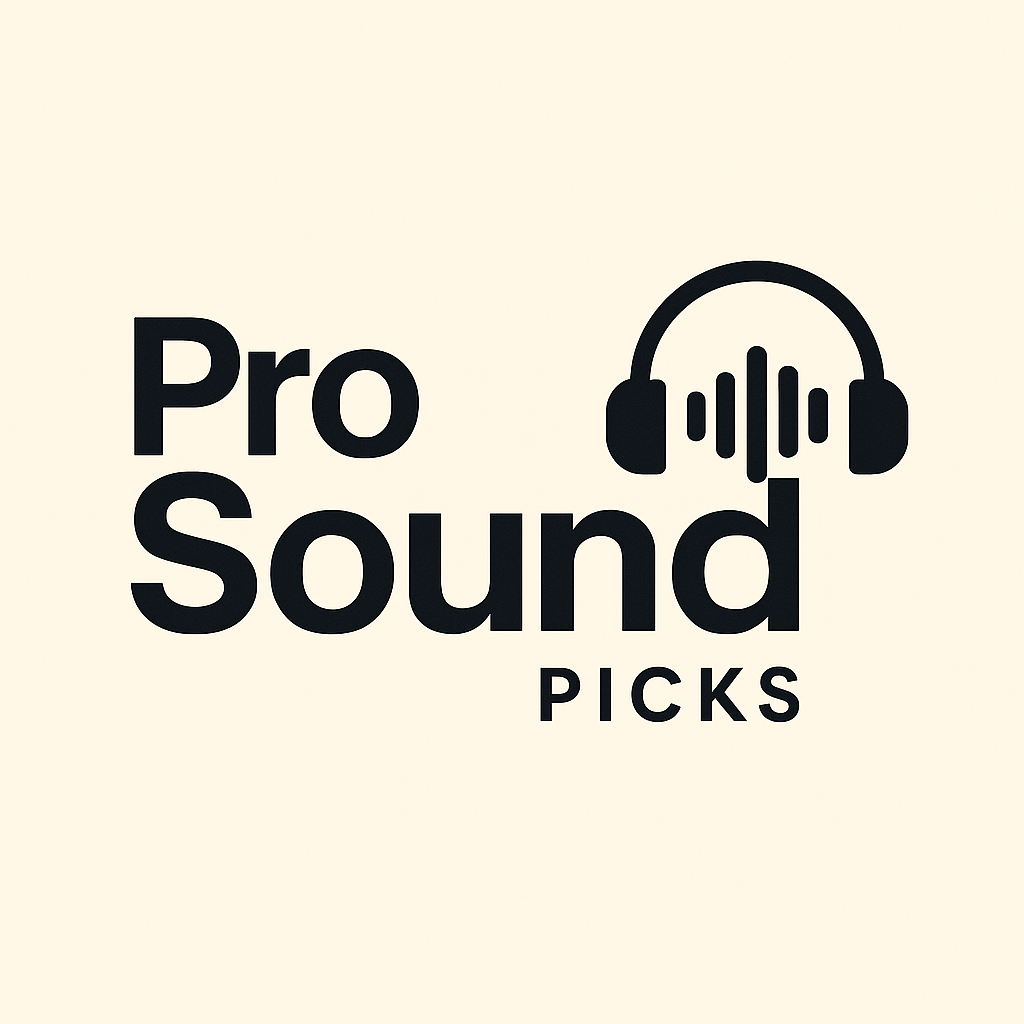
Leave a Reply